YPRES SALIENT - Bayernwald Trenches - Wijtschate
SPECIAL Photo Impression - Years of visit: 2005, 2016
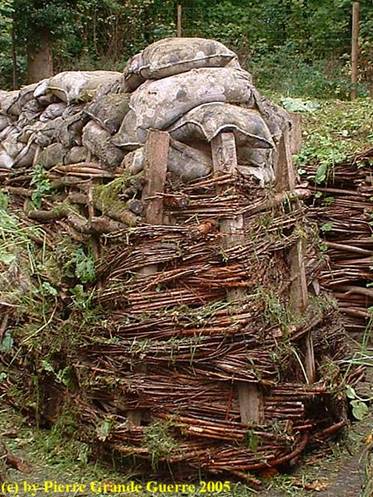
We are north of Wijtschate and east of the hamlet of Vierstraat, along a side road of the Vierstraat-road, the Voormezelestraat, on the edge of Croonaert-Wood.
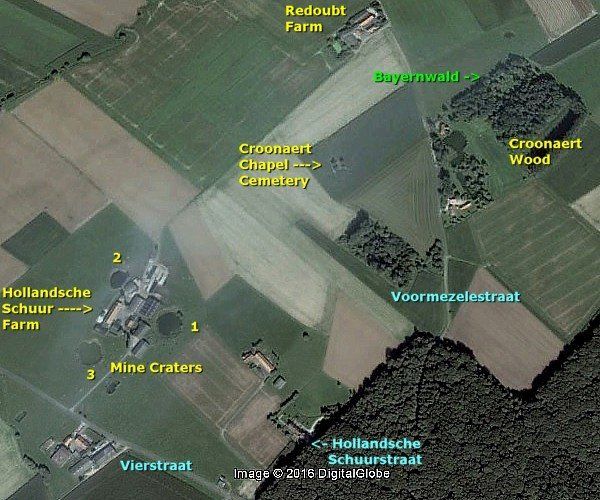
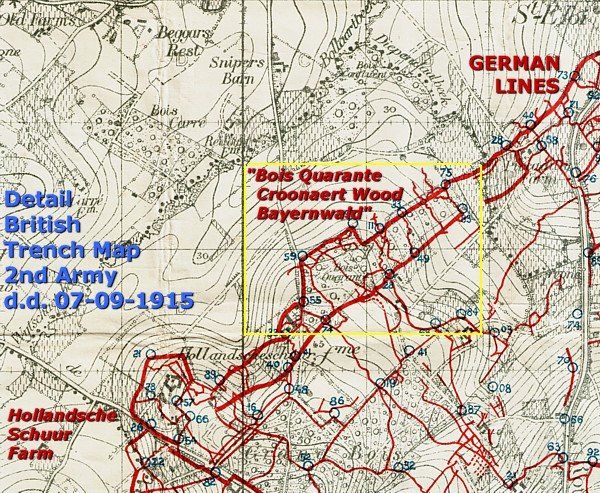
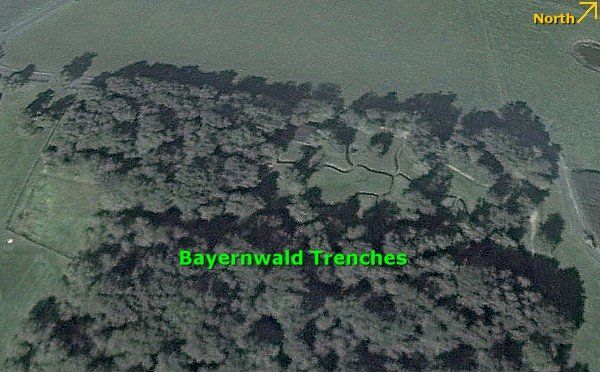
If you are not familiar with the back ground of the Ypres Salient, start with the Ypres Salient part 1 .

The origins of the name Bayernwald

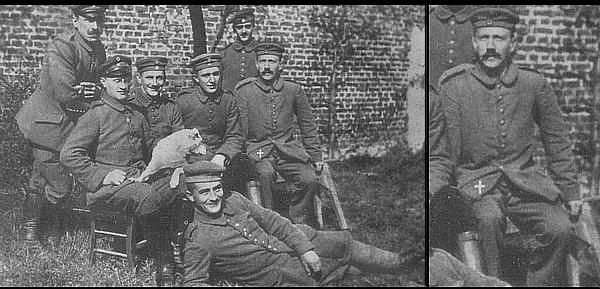
The British troops were only some 750 yards away from here. From 1915 until 1917, day and night, there were constantly fights going on in this sector. Night patrols and, during the day, artillery bombardments and machine gunfire, man to man fighting in underground tunnels, and ofcourse on the surface of the ground.
During the
Battle of Messines Ridge
, on June 15, 1917, the British forced the Germans to leave this position. So, the Germans occupied this sector from November 1914 until the summer of 1917.
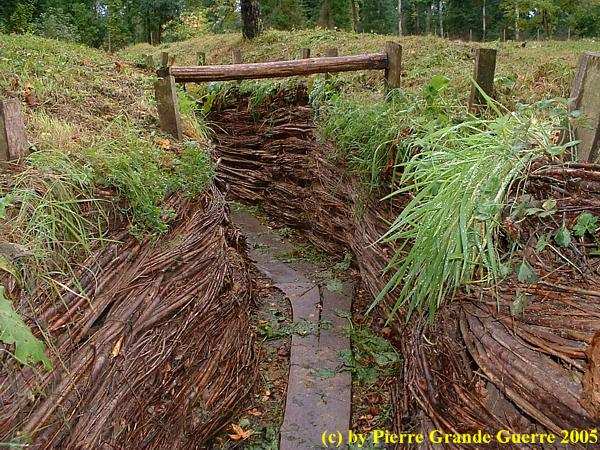
Map of the Bayernwald Trenches
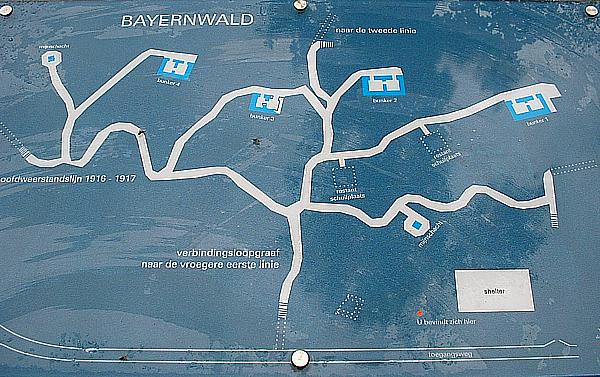
| This terrain is a carefully made reconstruction of German trenches of the first line.
The reconstruction followed the excavations of the exact situation of 1916 and 1917. The terrain contains respectfully 4 restored bunkers and 2 tunnel shafts. These tunnel shafts gave entrance to a German underground listening post, Berta 4.
We explore these trenches starting at the "left", at Bunker no. 4 and the left mine shaft. Then we will continue to bunker 3, the left mine shaft and bunkers 2, and 1. My lines between the pictures will tell you where you are in this labyrinth. |

German A-frames covered with wicker-work, like braid willow twigs.
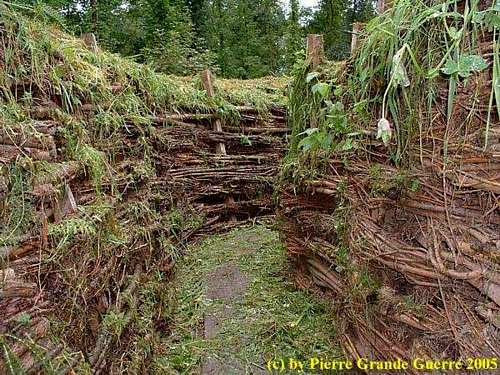
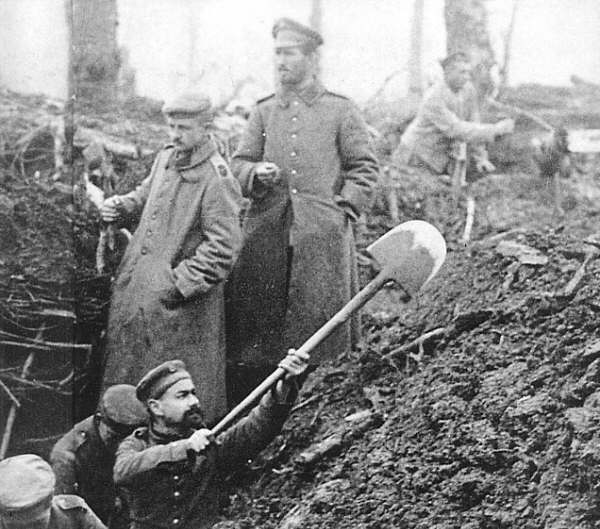
Below I show you three period trench map details of the Bayernwald Trenches: two British map details of September 1915 and one German map detail of April 1917.

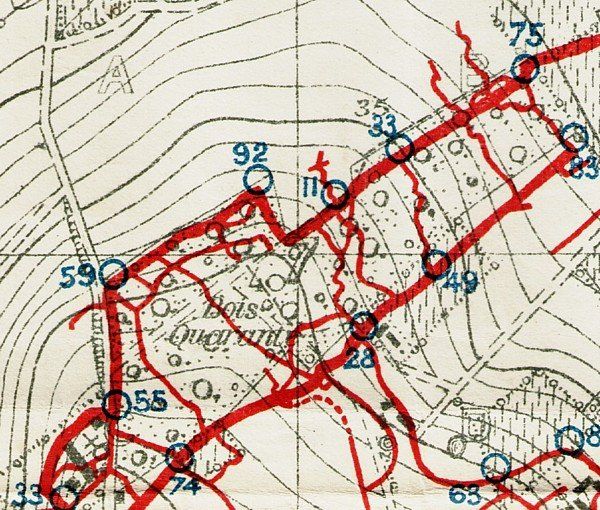
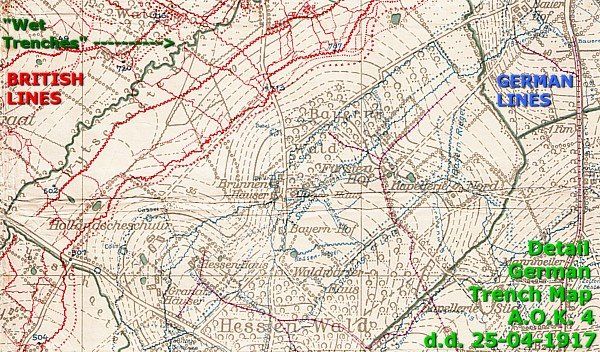
At the fork shaped junction between Bunker no. 4 and the shaft to the tunnel. We go on to the right.
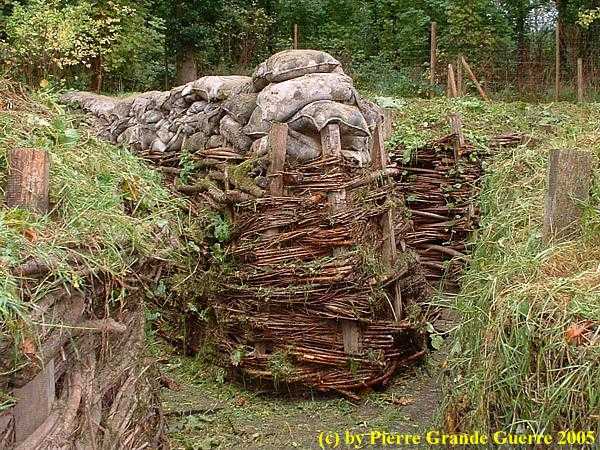
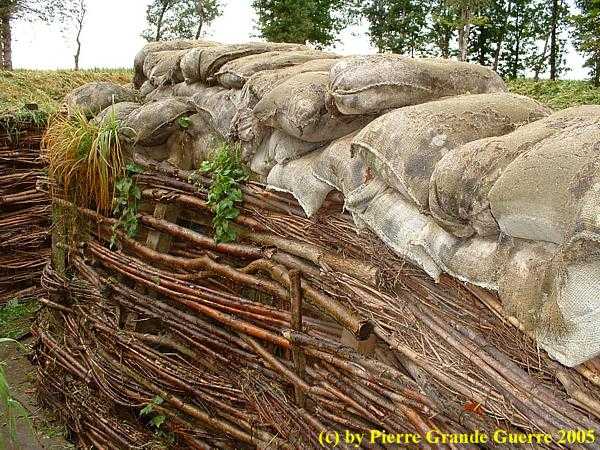
Bunker no. 4, a view from the surface.
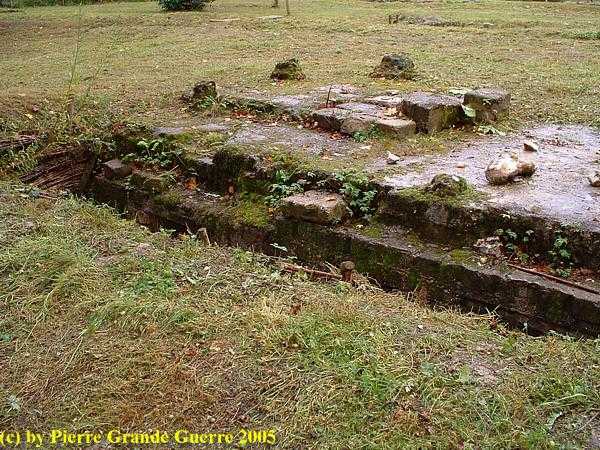
These bunkers were only 1.20 m high.
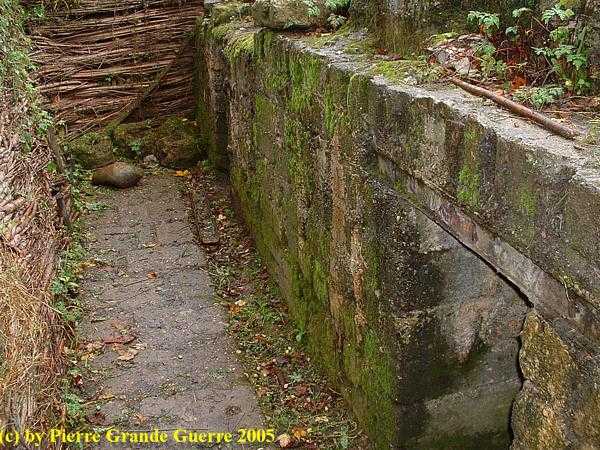
A sketch of the measurements of the bunkers.
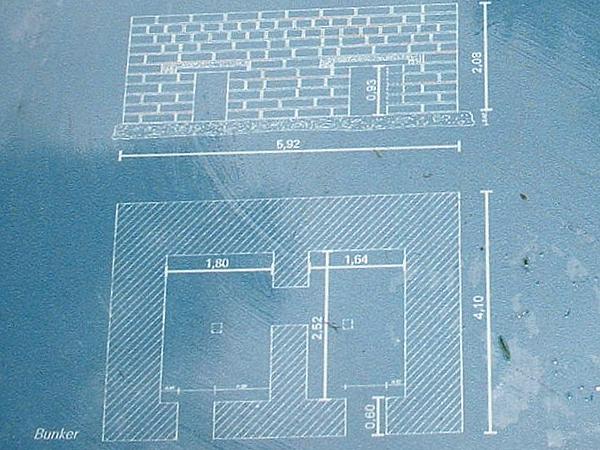
The purpose of these bunkers was only to give shelter during shelling.
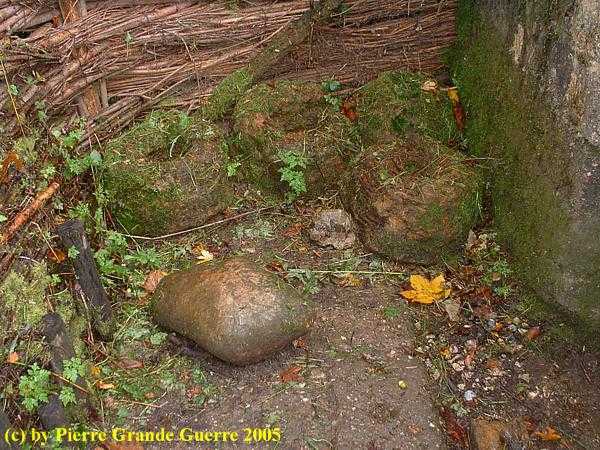

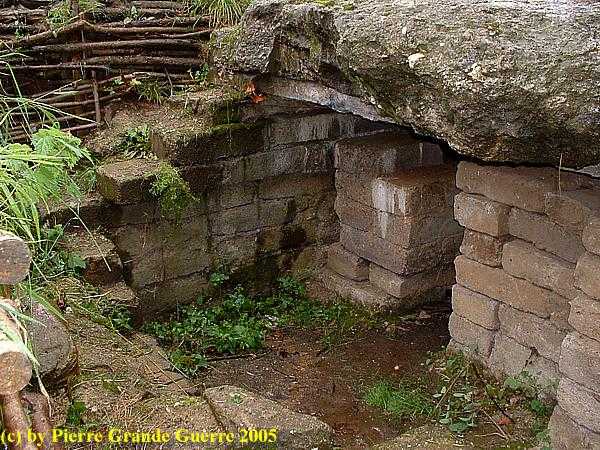
We return to the junction to zig-zag our way to the tunnel shaft near Bunker no. 4...

... as we come across this marvellous view...
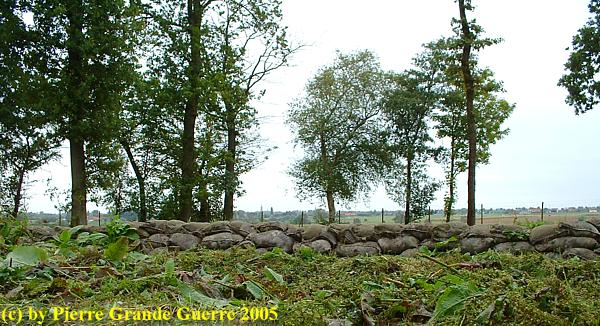
... at the church towers of Voormezele and St. Eloi, in the direction of the British lines.
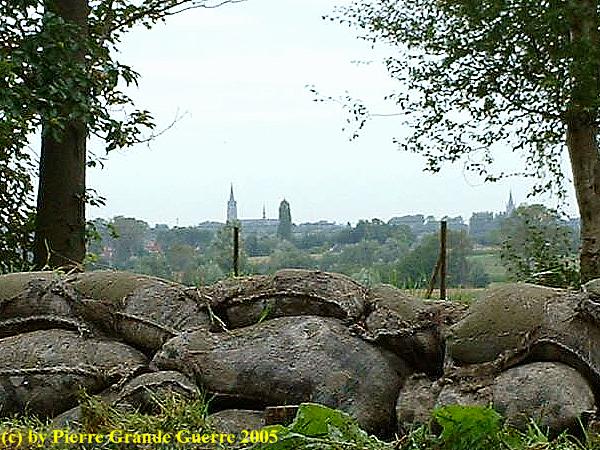
The parapet of the trench is covered with jute sandbags.

On higher grounds like here there was no need for sandbags lowering down to the duckboards.

We move on to the tunnel shaft near Bunker no. 4
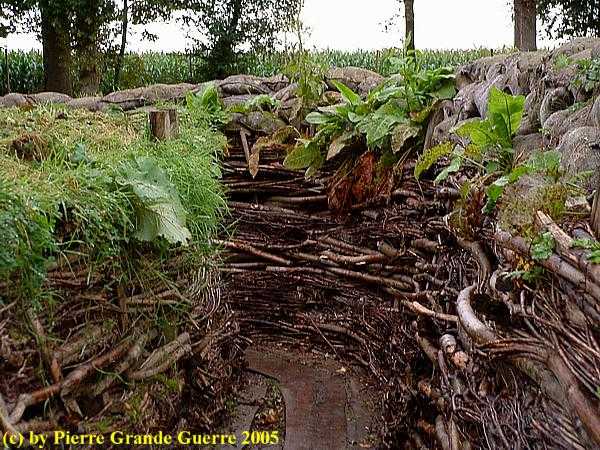
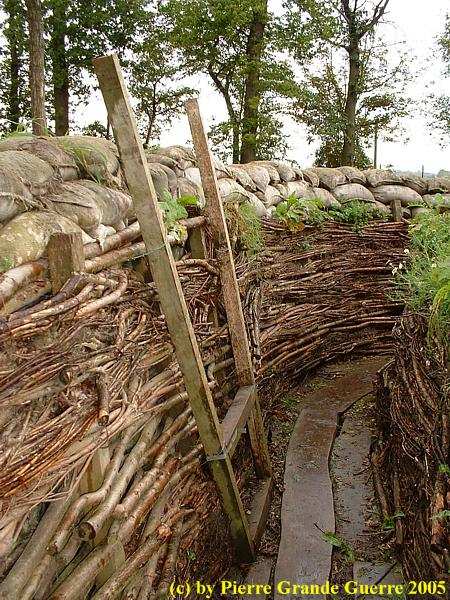
View from the parapet of the location of the tunnel shaft.
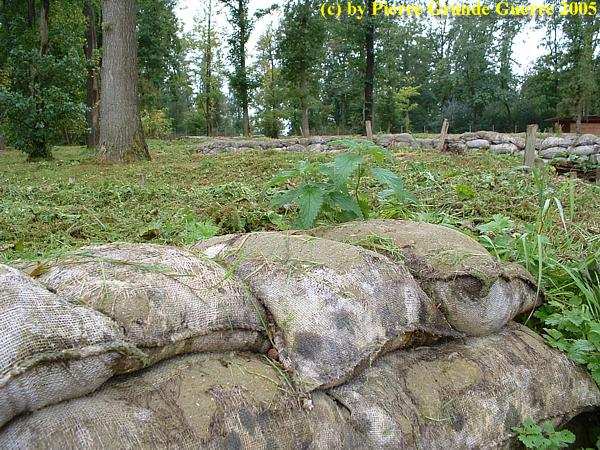
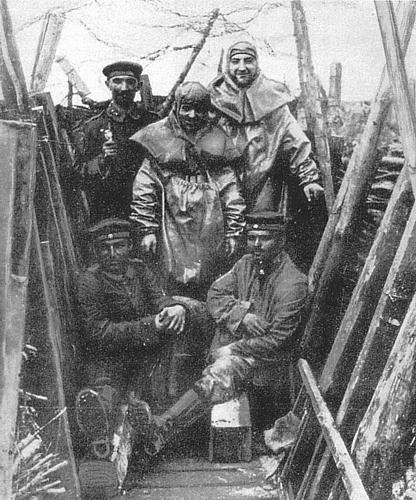
The entrance to the tunnel shaft, where used to be a windlass above the shaft.
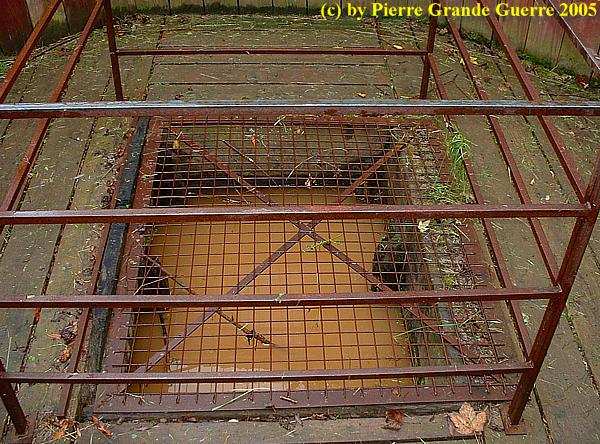

We zig-zag backwards and move on to Bunker no. 3. The entrance of Bunker no. 3.
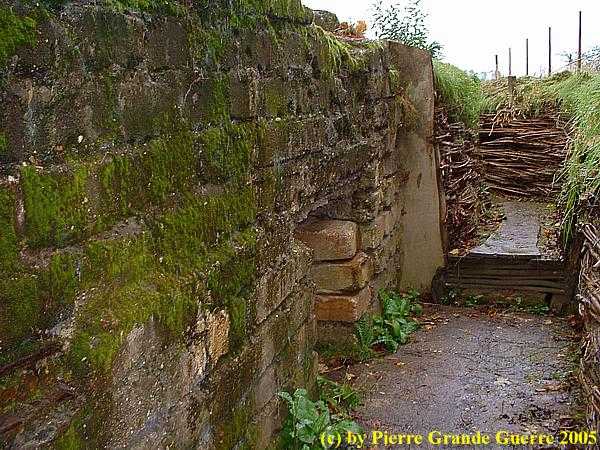
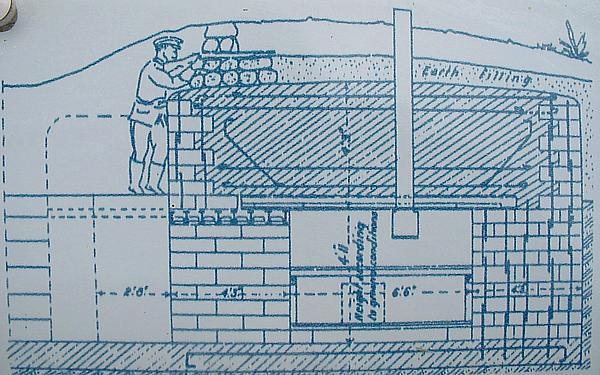
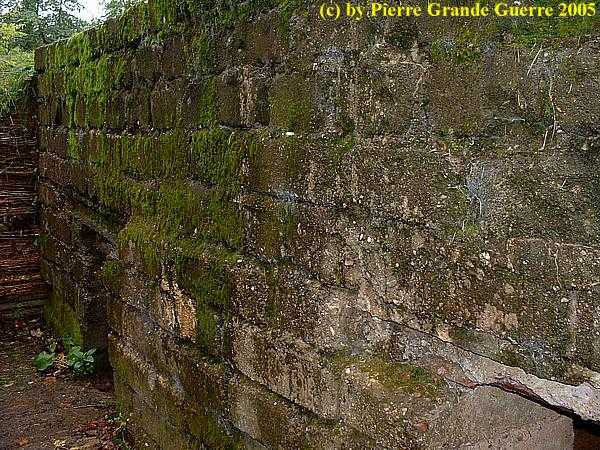
The interior of Bunker no. 3, the two separated rooms.


We walk on to Bunker no. 2.

The entrance to the almost identical Bunker no. 2.
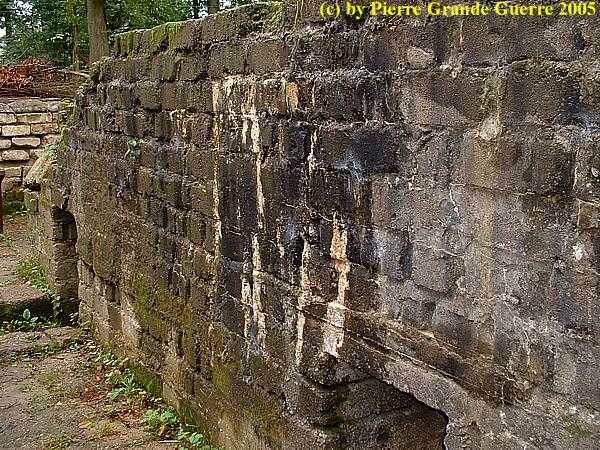
Continuing to the tunnel shaft near Bunker no. 1

The flooded entrance to the "right" tunnel shaft near Bunker no. 1, also meant for listening and countermining.
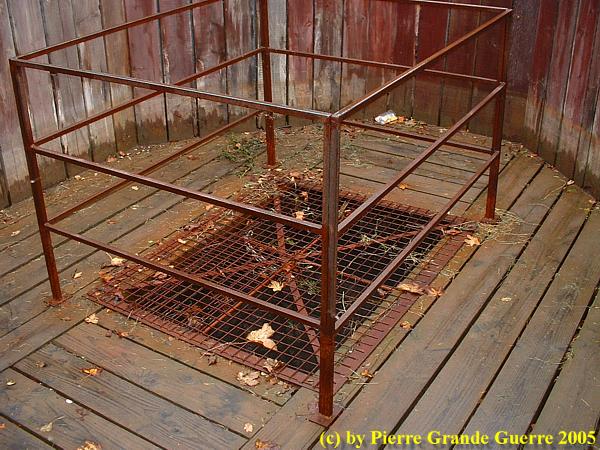
The entrance to Bunker no. 1.

The interior of Bunker no. 1.
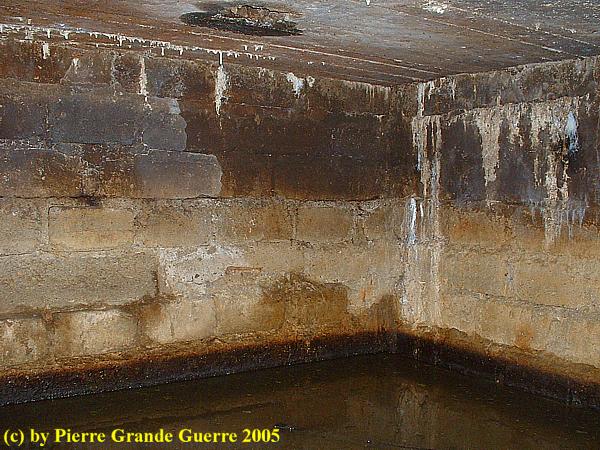
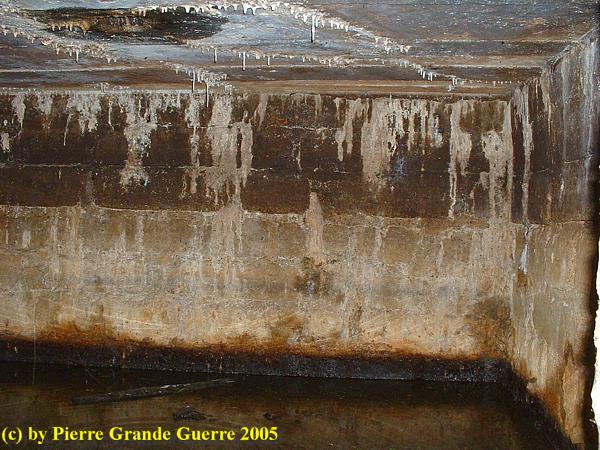
Surface view of the entrance to the staircase of Bunker no. 1.
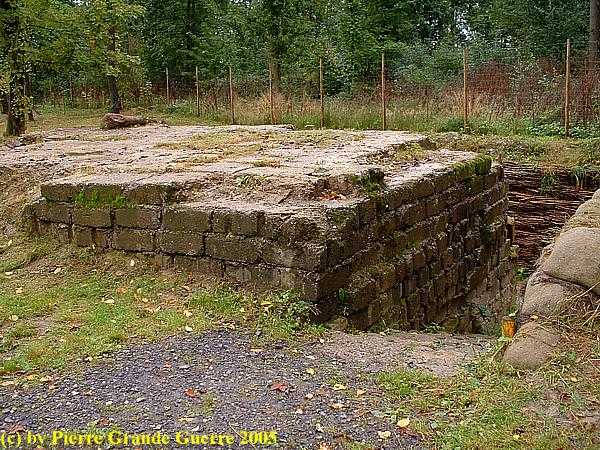
With this overview of the Bayernwald Trenches we finish our visit.
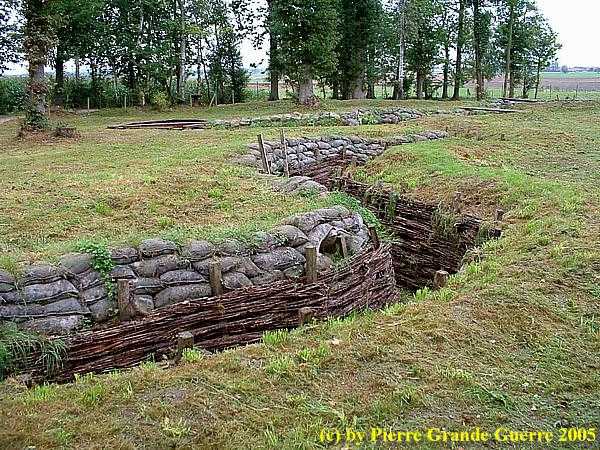
Continue to the next SPECIAL Photo Impression about the Ypres Salient: Traces of Bairnsfather - The Christmas Truce - St. Yvon










